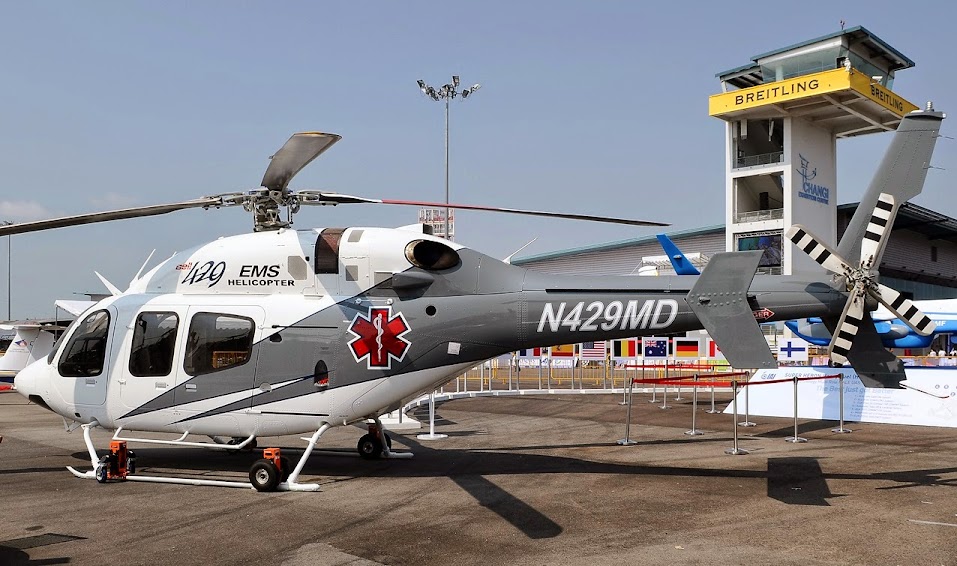
Bell Treads on 'Hallowed' Airbus Ground
Bell Helicopter has cracked the French market for its Bell 429 helicopter, with INAER France signing a purchase agreement for the aircraft in Helicopter Emergency Medical Service (HEMS) configuration. The company announced the contract on 14 July.
Bell Helicopter will deliver the aircraft equipped with a fully customised EMS interior and advanced avionics. INAER France, an Avincis Group operator, will operate the helicopter in support of medical rescue missions in the West region of France.
 The Bell 429 EMS
The Bell 429 EMS
Martin Whittaker, director of fleet and engineering, Avincis, said: ‘Medical missions are very demanding and require modern aircraft and the highest standards of safety. The Bell 429’s advanced technology and performance will allow us to provide safe and rapid transport to those most in need of care.’
Patrick Moulay, managing director for Europe, Bell Helicopter, added: ‘We are thrilled to introduce the Bell 429 to France with long-time customer INAER. The Bell 429 is the most modern light-twin helicopter available and as customers have realised the full capabilities of this amazing aircraft, our installed base in Europe has grown to more than 40 Bell 429s. It continues to gain popularity with HEMS and parapublic operators across the region.’
INAER France, which provides aerial surveillance assistance and parapublic mission operations, will take delivery of the Bell 429 later in 2014.
Bell Helicopter will deliver the aircraft equipped with a fully customised EMS interior and advanced avionics. INAER France, an Avincis Group operator, will operate the helicopter in support of medical rescue missions in the West region of France.
Martin Whittaker, director of fleet and engineering, Avincis, said: ‘Medical missions are very demanding and require modern aircraft and the highest standards of safety. The Bell 429’s advanced technology and performance will allow us to provide safe and rapid transport to those most in need of care.’
Patrick Moulay, managing director for Europe, Bell Helicopter, added: ‘We are thrilled to introduce the Bell 429 to France with long-time customer INAER. The Bell 429 is the most modern light-twin helicopter available and as customers have realised the full capabilities of this amazing aircraft, our installed base in Europe has grown to more than 40 Bell 429s. It continues to gain popularity with HEMS and parapublic operators across the region.’
INAER France, which provides aerial surveillance assistance and parapublic mission operations, will take delivery of the Bell 429 later in 2014.





Comment